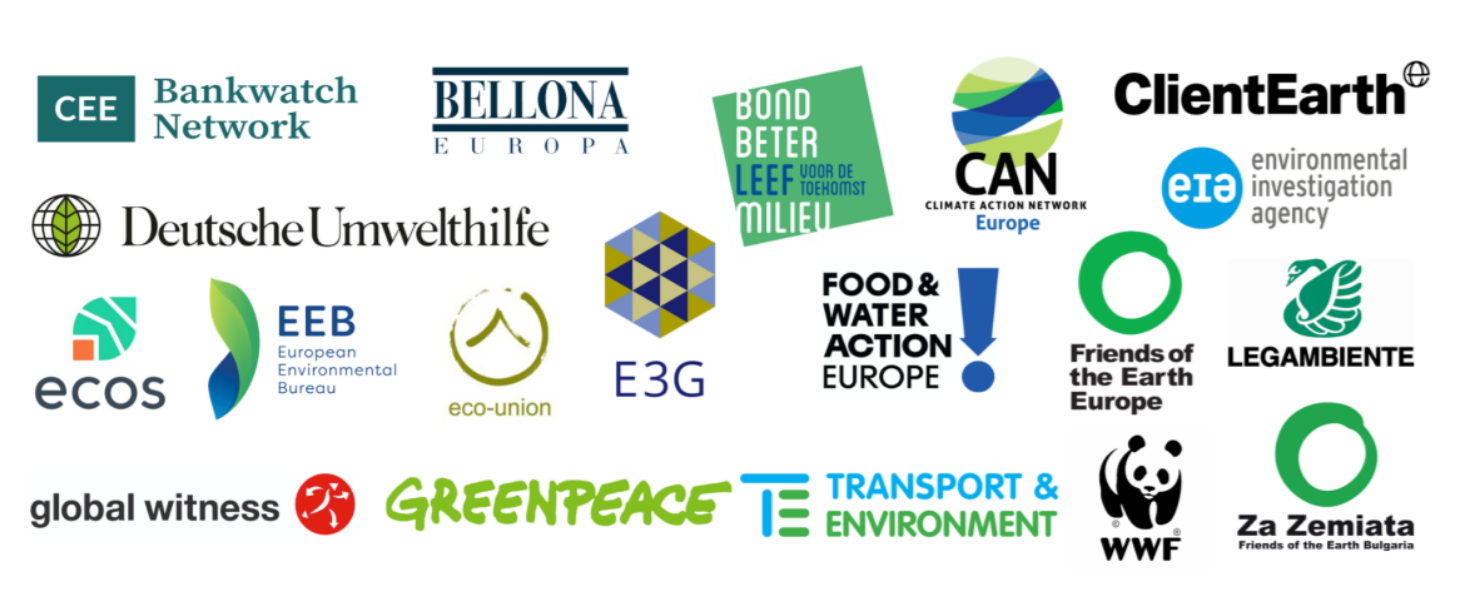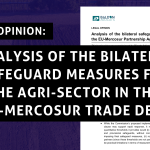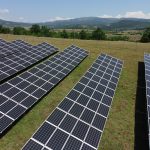LETTER
Dear Executive Vice-President Timmermans, Dear Commissioner Simson,
We, the below-signed NGOs, are writing to you regarding the EU’s upcoming “hydrogen and gas decarbonisation package”. Based on the information that is currently available, we are concerned that in its current format, it neither serves the EU’s efforts to achieve its climate neutrality objective nor is in line with its commitment under the Paris Agreement to limit temperature increase to 1.5°C. Therefore, we call on you to revise some crucial elements of the package to ensure the reform of gas market rules helps the EU to be in line with its climate and energy goals. It should facilitate a fossil gas phase out by 2035 and not drive the market uptake of so-called “low carbon” gases, while pursuing a clear prioritisation of specific end uses for hydrogen produced from renewables.
Improving governance: To avoid an oversizing of future hydrogen grids and take into account the phase out and decommissioning of gas grids, we ask you to carefully evaluate the role of fossil gas transmission (TSOs) and distribution system operators (DSOs) in future hydrogen infrastructure planning through the proposed EU hydrogen entity (ENNOH) or by integrating the existing EU DSO entity. Separating ownership of gas activities from hydrogen activities (horizontal unbundling) is a minimum prerequisite. Independent and science-based oversight from the European Scientific Advisory Body on Climate Change (ESABCC) and ACER should be included and their involvement must drive decision-making.
Transparency for distribution network development plans: The Clean Energy Package introduced transparency obligations for electricity DSOs when expanding their grids; this obligation should apply also to gas DSOs. These plans should take into account climate and energy targets and consequently evaluate the need for planning the decommissioning of parts of the gas distribution grids.
No blending: Blending of hydrogen into the gas grid does not achieve efficient greenhouse gas emissions savings and allows for a continued use of fossil gas. Introducing a target or cap for blending hydrogen as a commercial practice should not be allowed.
Clear definitions for low carbon gases: Definitions of different types of “low carbon” gases should be very explicit for a clear distinction between hydrogen produced from renewables and hydrogen produced from fossil gas with or without carbon capture storage (so-called “fossil-based hydrogen with carbon capture” and “fossil-based hydrogen”) or produced from nuclear power (“nuclear-based hydrogen” or “non-renewable hydrogen”).
Dear Vice President Timmermans, dear Commissioner Simson, to ensure that this gas package triggers a real gas market reform, in line with limiting temperature increase to 1.5°C, we ask you to improve the package proposal under publication and address these important issues. You will find more information in the attached briefing and we would be happy to provide additional input to this end.
Yours sincerely,
Bankwatch CEE, Petr Hlobil, Fossil Fuels Area Leader
Bellona Europa, Jonas Helseth, Director
Bond Better Leef, Danny Jacobs, General Director
ClientEarth, Maria-Krystyna Duval, Director of Climate and Energy
CAN Europe, Chiara Martinelli, Director
Deutsche Umwelthilfe e.V., Sascha Müller-Kraenner, Executive Director
E3G, Ronan Palmer, Associate Director – Clean Economy
Eco-union, Jérémie Fosse, President
ECOS, Justin Wilkes, Executive Director
Environmental Investigation Agency, Mary Rice, Executive Director
EEB, Davide Sabbadin, Senior policy officer for Climate & Circular Economy
Food & Water Action Europe, Frida Kieninger, Director of EU Affairs
Friends of Earth Europe, Colin Roche, Climate justice & energy coordinator
Global Witness, Mike Davis, CEO
Greenpeace, Magda Stoczkiewicz, Programme Director
Legambiente, Giorgio Zampetti, Director General
Transport & Environment, William Todts, Executive Director
WWF, Ester Asin, Director General
ZeZemiata, Friends of the Earth Bulgaria, Ivaylo Popov, Board Member




